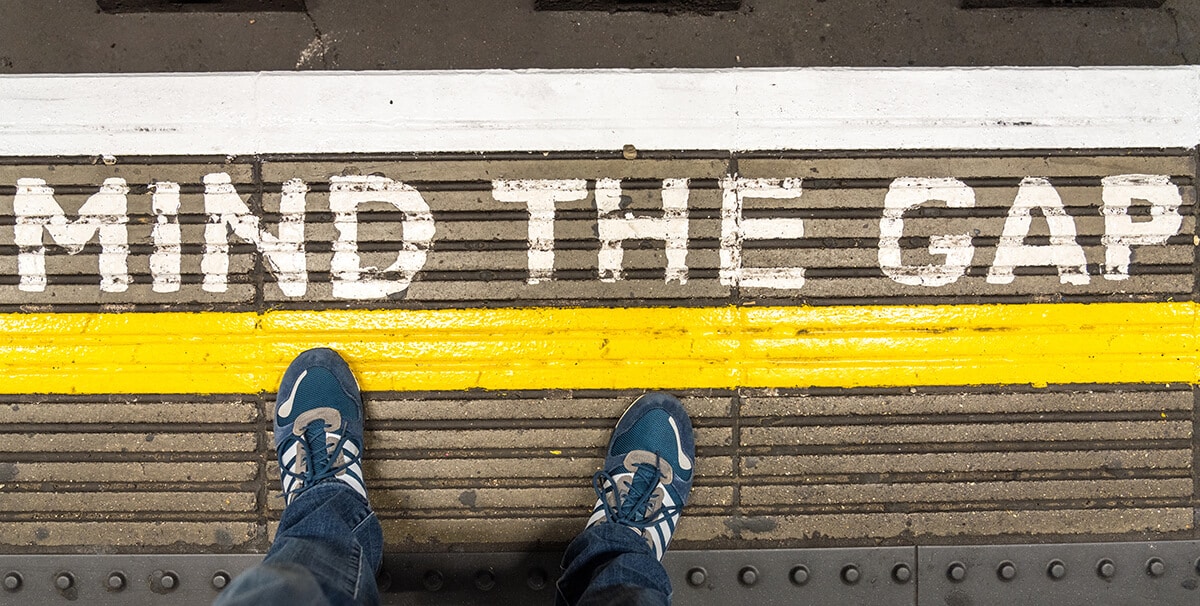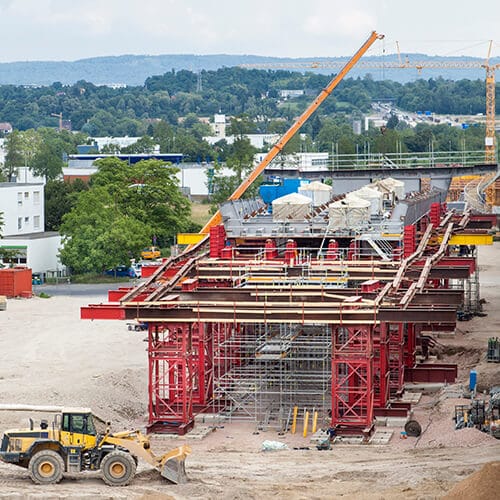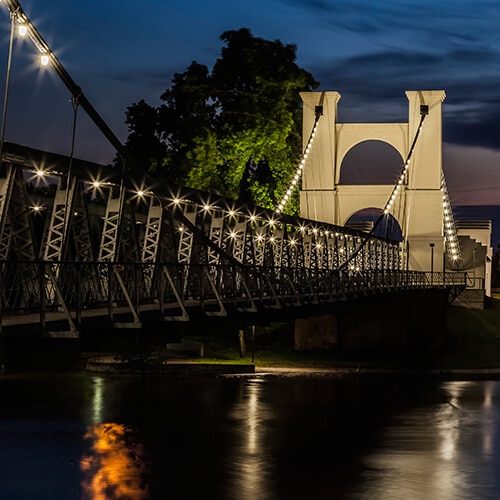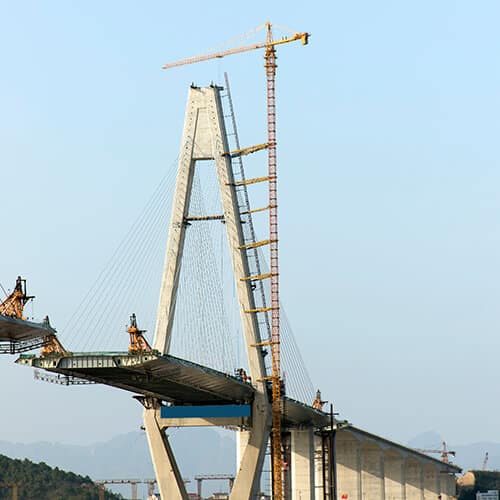In my time here at Crowd Favorite I have come to recognise some repeating patterns of challenges in client/agency relationships. My experience with these relationships has been from both sides — I’ve been an account manager (and project manager, and producer) on the agency side, and also the product owner (and webmaster, research manager, and more) on the client side.
What I’ve found is that the patterns repeat, as do the solutions that work, and the ways we can reliably overcome, or even prevent them. So, I’ve put together a talk — initially intended for WordCamp Europe 2023 in Athens (which I missed due to Covid), but that I presented at WordCamp Whitley Bay in September of 2023.
The Fidelity Gap
You can’t close the gap, but you can bridge it. Let’s explore how a new point of view can help us use the tools and techniques we have to deliver better results from happier teams.

Recognizing Familiar Issues
Digital projects inherently face challenges. They involve transforming abstract concepts into sophisticated technology while ensuring substantial ROI. These projects, regardless of their size, frequently encounter:
- Scope Creep: Projects outgrowing their initial boundaries.
- Burn Out: Team members feeling overwhelmed and unmotivated.
- Client Antagonism: Trust issues emerging between parties.
- Survivor Mentality: Teams adopting a combative “us vs. them” attitude.
- Over Delivery: Agencies go above and beyond, yet clients remain unsatisfied.
Interestingly, these aren’t the core problems. Problems, by definition, can be resolved permanently. If the issues above were mere problems, addressing them would prevent recurrences. Yet, they resurface. They’re symptomatic of an underlying concern deeply entrenched in the client/agency interaction.
The Fidelity Gap is the gap between what the client knows they need, and what the agency needs to know.
– Ant Miller, Director of Client Engagement
The Fidelity Gap Defined
The heart of the matter? The Fidelity Gap. The Fidelity Gap is the gap between what the client knows they need, and what the agency needs to know. In other words, the disparity between the client’s perception of needs and the agency’s required insights. The problems listed above arise when we try and close the gap, or worse, pretend it isn’t there. For example:
Scope Creep emerges when we attempt to match the client’s vision without acknowledging the inherent misalignment of details – when we assume all the detail is there to start with, and completely understood by all parties.
Burn Out is often the result of assuming there’s no gap, however a delivery team finds itself working to define detail it needs – doing design work it lacks the experience, expertise, or techniques to do, nor the time to do it, as well as the development.
Our projects fall into the gap, along with our teams. There is some bad news I’m sorry to say. This Fidelity Gap is not just a frequent underlying cause of problems. It is in fact a permanent, unavoidable feature of all projects. It is intrinsic to there being a project – it’s a definitive quality of a project because it’s also the gap between needing the solution and having a solution. The key fact is, you cannot close that gap. As we’ve said before, if you try and force that gap to close, to disappear, or you proceed with your project ignoring it, that is the cause of problems that wreck projects.
Bridging the Gap
So if we can’t close the gap, what can we do? Like master architects, we can bridge it. And guess what? You’re already equipped for this construction, perhaps more than you realize.
Stick with me on this bridge metaphor. If you’ve ever admired a bridge (who hasn’t?), you’ll know they require:
- Firm Foundations
- Strong Spans
- A Robust Deck
- Reliable Interlinks
Let’s translate this into our projects:

Firm Foundations
Understanding of one’s self is key. Clients need clarity on their strengths, budgets, and dependencies. On the flip side, agencies must grasp how their expertise, timelines, and resources dovetail with the project. Both sides need to know, intimately what they’re bringing to the project, and what they don’t have on hand. Without a strong foundation, neither a bridge nor a project can be securely built.
Strong Spans
Our relationship is the backbone—much like a bridge’s span. This bond is both shaped by contractual agreements and the intricate weave of interpersonal relationships. While contracts are vital (and well worth a post of their own!), I’d also like to highlight the benefits of investing, intentionally, in the interpersonal relationships between stakeholders. Embracing techniques like ‘Active Listening’ and exploring works on practical empathy can foster stronger bonds, and so construct more robust bridges.
A Robust Deck
Imagine putting a railway on a footbridge. Doesn’t quite fit, does it? The bridge’s deck—our project methodology—must align with the intended outcome. An Agile approach fits seamlessly here. This isn’t the place for me to deep dive into the intricacies of using an Agile philosophy on a project, but I strongly suggest that framing that approach within the Fidelity Gap context provides clarity. It emphasizes adaptability, ensuring that methodology complements the end goal and teams involved.
Reliable Interlinks
Every bridge, however strong, needs interlinks to transfer the weight. In our world, that’s communication. Setting up a clear communication strategy early, with consistent check-ins and updates, ensures we stay aligned. Think of it as the structural integrity of our project bridge. When communication gaps arise, we risk our bridge wobbling, or putting increased strain on an aspect of the deck (our methodology) or span (our commercial relationship). But communication must be light enough to be a tolerable part of the overall project, or it too can add excessive load to the project, and reduce the flexibility we need to cope with changing circumstances.
You Can Build Bridges
While many of these techniques might seem familiar, framing them within our bridge metaphor offers a fresh perspective. Starting a project? Let’s lay the first brick by acknowledging the gap, and then get to building. After all, every gap presents an opportunity to bridge, and you are an expert bridge builder!
Looking for a Digital Partner?
We’re ready to partner with you on this journey by providing the expertise and support you need to achieve optimal outcomes. Contact us today, and let’s unlock the power of your digital infrastructure together!










